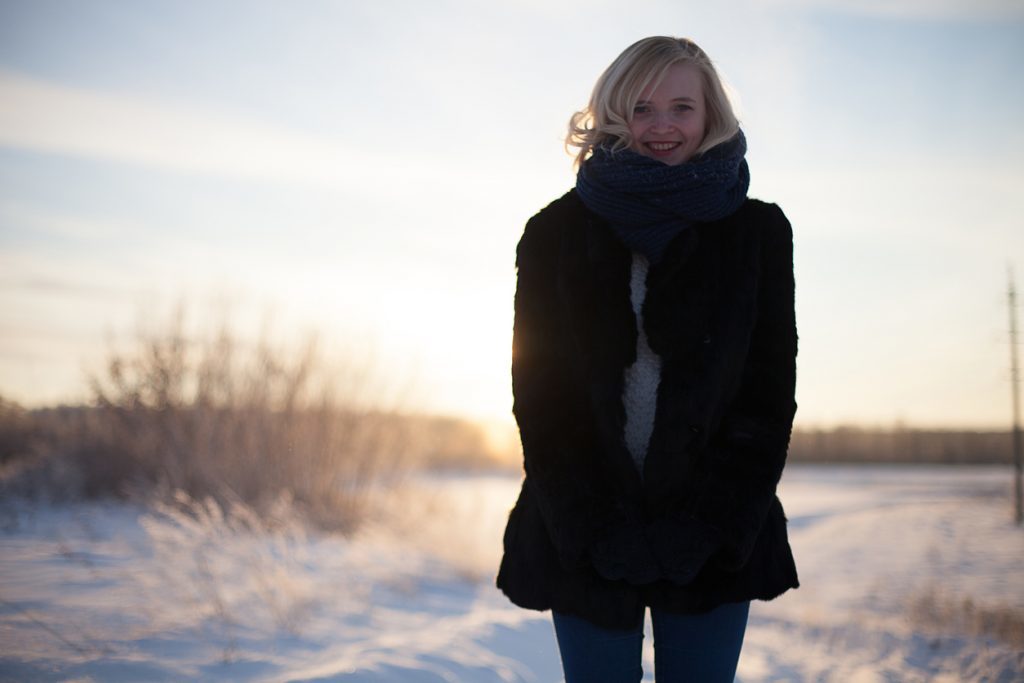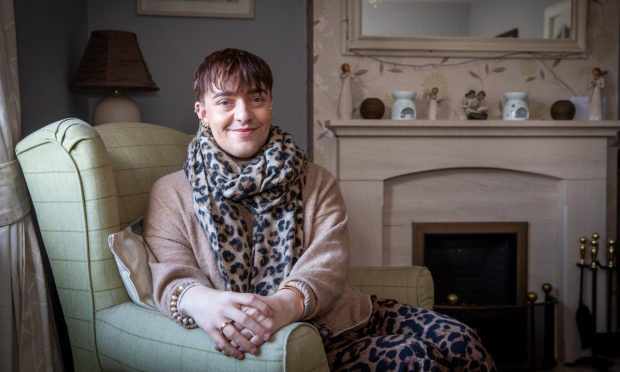Feeling tired and down in the dumps but don’t know why? Chances are you’re suffering from SAD – seasonal affective disorder.
Also known as the winter blues, SAD is a seasonal form of depression that affects around one in 15 of us. It’s usually more noticeable during the colder, darker months, often beginning at the end of October when the clocks go back and worsening over the winter.
“It’s thought that SAD is caused by a lack of natural sunlight,” explains Professor Ewan Gillon of First Psychology Dundee (pictured, bottom right).
“Most of us work inside which means we’re missing a lot of daylight – in the winter it’s often dark when we go to work in the morning and dark when we leave work in the evening,” he continues.
Lack of daylight affects the production of the happy hormone serotonin which regulates appetite and sleep.
“Our internal body clock can also be disrupted – sunlight produces hormones which encourages us to wake up, so without this it can be harder to feel awake in the morning,” says Prof Gillon.
Few people feel at their best in winter, but for those suffering from SAD, the change in season will have a greater impact and can start interfering with their everyday lives.
Symptoms include feeling lethargic and as though you can’t get up out of bed in the morning, or sleeping longer and during the day; a persistent low mood that doesn’t go away, causing you to lose interest in your usual activities; feeling irritable and worthless; eating more and gaining weight; finding it difficult to concentrate on tasks; feelings of low self-esteem and depression and anxiety.
If your symptoms are mild, there is a range of self-help treatments you can try to overcome SAD like making sure you go outside every day in daylight even if it’s just a walk during your lunch break, eating well and getting as much sunlight as possible – open the blinds in your home and sit near a window at work if possible.
Talk to friends and family about how you’re feeling and let them support you.
For more severe symptoms, professional help including cognitive behavioural therapy, counselling, and light therapy can be very effective.
Symptoms usually appear in adults. However, children can also suffer from SAD.
SAD is more common in the UK and Nordic countries where there are large changes in sunlight levels throughout the year.
SAD affects more women than men.
SAD is usually diagnosed if you’ve had symptoms during the same time of year for two or more years in a row.
Although uncommon, some people can suffer from SAD during the summer months instead of the winter.
Eating a balanced diet which includes fish can help reduce symptoms of depression.
Events such as Christmas can provide a distraction, but the pressure of having a ‘perfect time’ can make SAD symptoms worse.
If you suffer from depression symptoms throughout the year, SAD can make these symptoms worse.
If you purchase a light box the best time to use it is in the morning to avoid insomnia at night. You must have your eyes open and face the light during therapy.
Get enough of the sunshine vitamin this winter
 As well as helping with the production of serotonin, vitamin D plays several other major roles in health and well-being, and a supplement might be the answer over the winter months when sunshine is in short supply.
As well as helping with the production of serotonin, vitamin D plays several other major roles in health and well-being, and a supplement might be the answer over the winter months when sunshine is in short supply.
According to Holland & Barrett, vitamin D helps build strong bones by assisting in the absorption of calcium and remineralising bone structures, making them stronger, and could even help prevent osteoporosis by slowing down bone loss and keeping you stronger for longer.
It can protect against gum disease – Finnish researchers recently discovered that low vitamin D levels are linked to gum disease.
It can help keep your muscles strong: muscle weakness may be another side effect of low vitamin D levels, especially in the elderly.
Numerous studies have found that taking vitamin D supplements significantly improves muscle performance, in turn decreasing the number of injuries suffered from falls.
It may help improve heart health: a recent study concluded that a vitamin D deficiency is linked to heart disease. Over 70 per cent of nearly 1500 patients undergoing investigation for narrowing arteries had a vitamin D deficiency.
It can boost brain function: vitamin D could have benefits for both mind and body; evidence shows there are links between low vitamin D levels and dementia and there are hopes the link will be fully investigated.
Vitamin D can be found in brain tissue and two large studies recently suggested that low vitamin D levels could increase the risk of developing dementia.
www.hollandandbarrett.com











